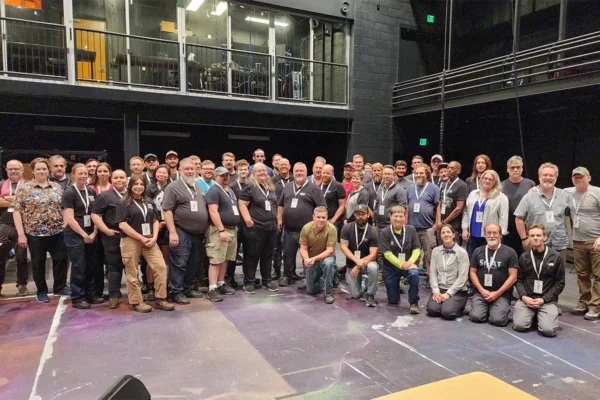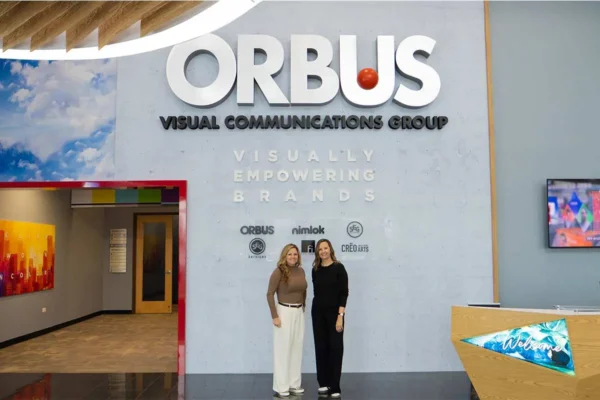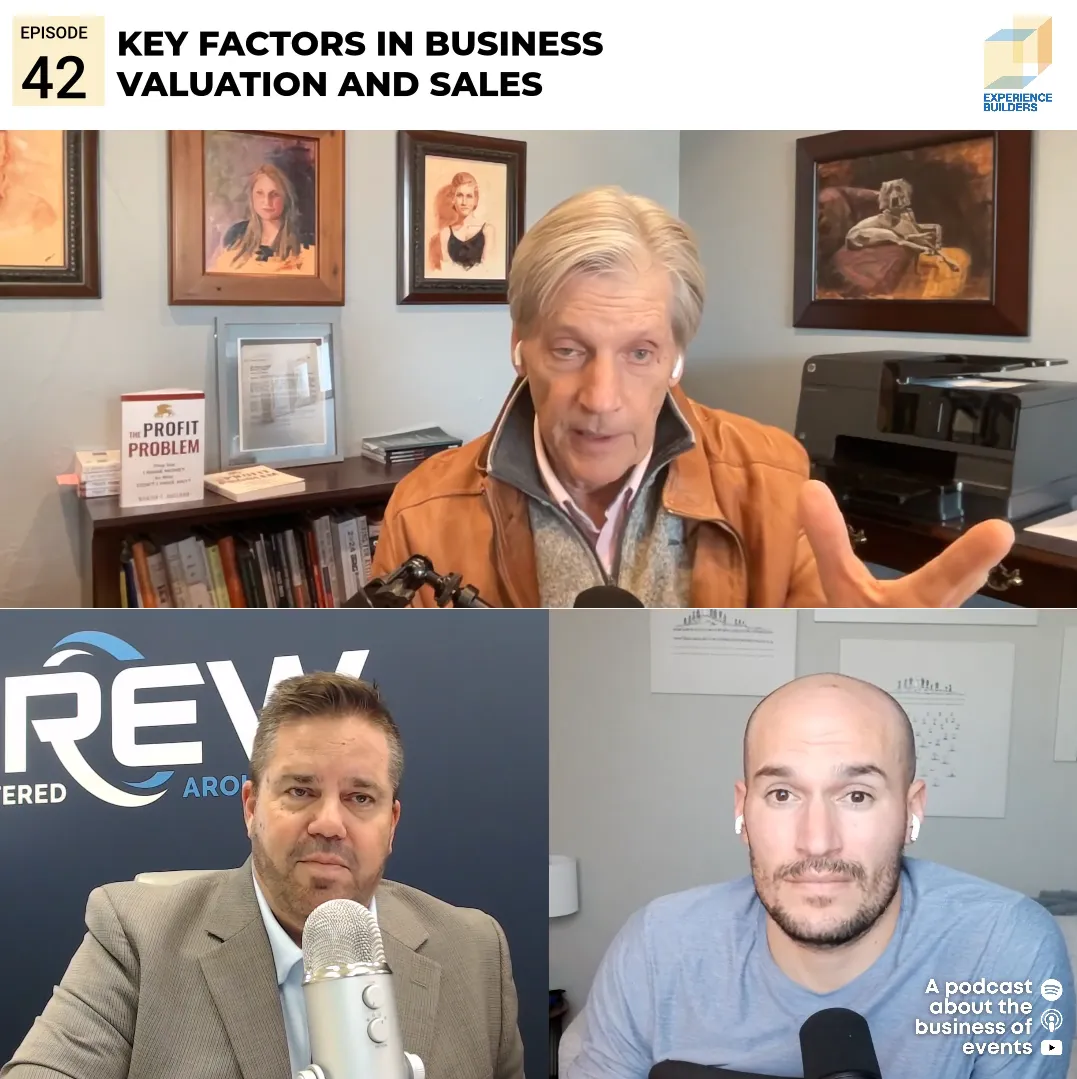Titled “Customer Attainment from Event Engagement,” the report explored the woefully misunderstood and under assessed role of face-to-face engagement, in spite of the major dollars allocated in the typical marketing budget to events. The research tapped into the peer-powered insights of more than 265 senior corporate marketers and leveraged the expertise of a leadership committee under the auspices of E2MA.
Explore! opened with a presentation by Jeff Stanley, executive director, Exhibit Surveys, that showed trends and expectations in face-to-face marketing. Reiterating the findings of the CMO report, Stanley pointed out “marketers confirm that the live face-to-face engagements that occur during events and exhibitions are core to their business growth and development strategies.” While marketing budgets are increasing, there has been a decrease over the past three years in the event budget, with the largest shift being to digital. Yet the major marketing priorities are those best achieved through face-to-face events:
- Demand generation/customer acquisition;
- Brand awareness; and
- Customer retention.
With this frame of reference, a compelling case study was presented by Sam Cooper, Caterpillar, and Nicole Hallada, Association of Equipment Manufacturers (AEM), which revealed a productive, on-going dialogue between an exhibitor (Caterpillar) and the manager of its major show, CON EXPO-CON/AGG. The collaborative relationship demonstrated that the willingness of both organizers and exhibitors to come to the table produces positive outcomes for all parties and moves the collaboration to a higher strategic level. One message that came through in particular is that in times of financial uncertainty, exhibitors should approach the show manager to find out what is possible.
These two sessions opened the conference to a number of themes that resonated with attendees and that were reinforced later in the day in an open discussion between marketers and show managers. The themes that emerged were:
- The necessity of a shared strategy between organizers and exhibitors;
- The deconstruction of data silos; and
- The intelligent application of technology.
The shared strategy, as the collaboration between Caterpillar and AEM showed, has become critical. At the same time, marketers need to build a shared customer acquisition strategy internally, realizing that at this point in time, it is naive to say that a sale resulted from an event OR a digital initiative OR a sales call. In this, the era of big data, the prospect has many other influences that are not a direct result of any of the marketing done by traditional channels. And unfortunately, most corporations haven’t caught up with the current data-driven environment, continuing to fund departments by attributed revenue—which often translates into head count, and, at the end of the day, job security.
At the same time, show organizers compensate their sales force solely on the sale of space. Most metrics that measure show viability are based on nothing more than net square feet. An insight that was shared throughout many sessions at Explore! is that exhibitors are not buying space; they are buying access to customers.
What can show organizers do to provide that access? First of all, they need to view the exhibitor as a customer, not simply the attendee. Secondly, they can share data, and the data should be segmented so that it is actionable for the exhibitor. Currently at most shows, sharing data is monetized and is another compensation silo. Until show organizers view the exhibiting process as a holistic initiative and exhibitors ask for what they need, the situation will be remain unchanged.
One response that seemed to be endemic with show organizers when asked about some of these issues is ‘no one has ever asked for this.’ Not only do exhibitors need to speak up, but managers need to step out of the comfort of the space sales model and give exhibitors the data they need to be successful. And unless this happens, funds will continue to be deflected from the event budget.
Consensus was that the model needs to be changed—drastically and soon. While marketers should take responsibility for reaching out to their customers and prospects to attend events, organizers need to understand their own role in the process. Currently, there are no standards to measure the impact of exhibiting similar to the CPM standard for print advertising. The sooner a forum is established to facilitate strategic conversations between organizers and marketers, the sooner event marketing will be recognized for the powerful tool that it is.
To read the report Customer Attainment from Event Engagement, visit http://www.cmocouncil.org/cat_details.php?fid=260 for a free download of the executive summary or to purchase the entire report.





























